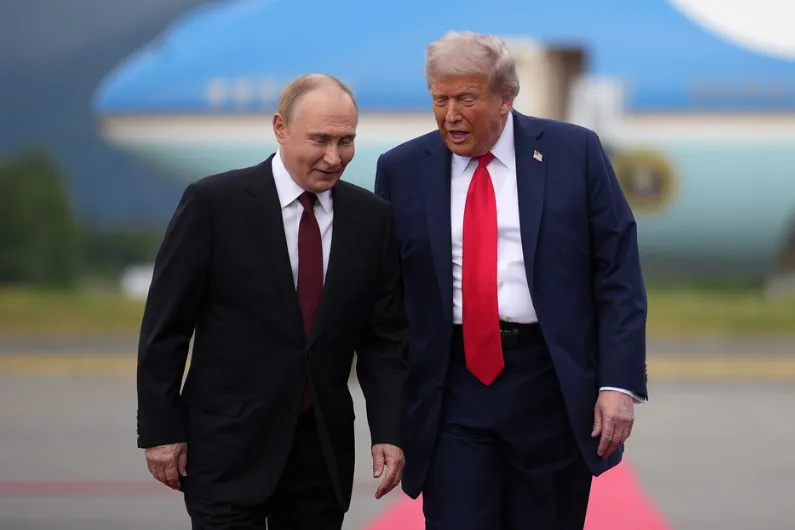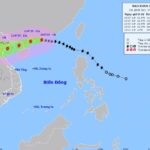
Russian Foreign Minister Sergey Lavrov stated that he clearly confirmed to his American counterpart Marco Rubio during their phone conversation on October 20 that Moscow’s demands regarding the conflict in Ukraine remain unchanged.
Second Trump-Putin Summit Canceled
US President Donald Trump and Russian President Vladimir Putin appeared together at Joint Base Elmendorf-Richardson in Anchorage, Alaska, on August 15, 2025, as part of peace talks aimed at ending hostilities in Ukraine.

The second summit in Budapest, which was considered another opportunity for peace in Ukraine, has been canceled.
According to the White House, following the exchange between Secretary of State Marco Rubio and Foreign Minister Sergey Lavrov on October 20, Washington decided that no additional in-person meetings between the two diplomats were necessary, and “there are no plans for President Trump to meet President Putin in the near future.”
According to sources, the reason the summit plans collapsed just two months after the meeting in Alaska is Russia’s firm stance on its demands, refusing to make concessions to end the conflict in Ukraine.
Speaking at a press conference in Moscow on October 21, Lavrov emphasized that Russia’s position, including the demand to reach a peace agreement before a ceasefire, remains completely unchanged.
“I believe American officials have noticed that Russia’s position has hardly changed over time and remains within the framework of the initial demands,” Lavrov said. “Russia has not adjusted any points compared to what was discussed and negotiated extensively between President Putin and President Trump in Alaska.”
Russia has long asserted that its goal is to eliminate the “root cause” of the war, accusing Ukraine’s increasing alignment with Europe and desire to join NATO as an existential threat to Moscow.
“We remain completely faithful to this formula, I confirmed that in my exchange with Mr. Marco Rubio,” Foreign Minister Lavrov added.
According to observers, President Trump concluded the summit in Alaska without securing any concessions from Russia, despite his declaration that President Putin “wants peace.”
Russia Rejects “Peace Signals” from Washington
On October 21, Lavrov stated that Russia rejects signals from Washington about wanting to end hostilities along the current front lines, an option that Trump has publicly supported recently.
“What matters is not the location or time, but how we conduct discussions on fundamental issues,” Lavrov stated. “The goals we broadly understood in Anchorage remain the focus.”
The diplomatic success Trump achieved earlier this month in the Middle East with the ceasefire agreement between Israel and Hamas reinforced the White House leader’s confidence in his ability to broker peace in Ukraine.
However, while the Gaza agreement is being tested, Moscow has made it clear that, while willing to maintain communication with the White House, Russia has no intention of ending the war.
Trump had shown some willingness to coordinate with European allies on the Ukraine issue. However, his sudden announcement last week about a summit with the Russian leader surprised many EU leaders.
Nevertheless, the fact that most European leaders did not publicly criticize the planned summit with Putin indicates they have gained a better understanding of how to deal with Trump.
The Ukrainian leader emphasized that peace can only be achieved when the parties stop shooting, while affirming that Kyiv will not accept losing additional territory in any agreement.
US President Donald Trump affirmed that Washington’s top priority is ending the Russia-Ukraine conflict through diplomatic solutions, therefore providing Tomahawk missiles to Kyiv could undermine those efforts.
US President Donald Trump, with his new diplomatic achievement – mediating the Gaza peace agreement – wants to “press the advantage” to seek a solution to end the Russia-Ukraine conflict, which has entered its fourth year.



![[Podcast] Tin tức ngày 20-7: Gửi 29 triệu tin nhắn Zalo hướng dẫn ứng phó bão số 3 Wipha](https://asiacity.news/wp-content/uploads/2025/07/media-cdn-v2.laodong.vn-storage-newsportal-2025-7-20-1543395-_bao-so-3-14h-150x150.gif)


